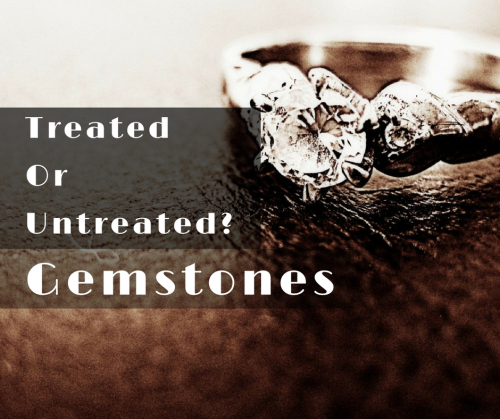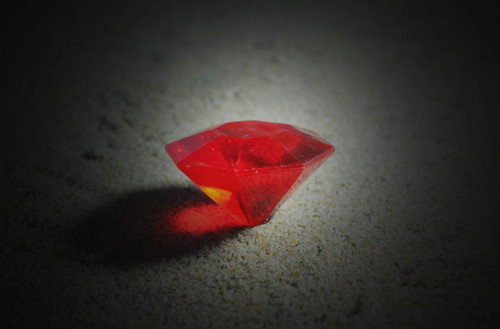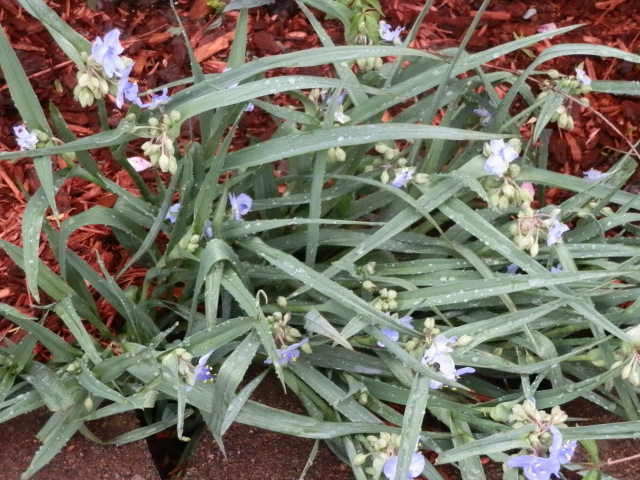
Many gemstones on the market undergo some sort of treatment for improvement in colour and appearance. We’ve already discussed heat treatment, and in addition to that, other common gemstone treatments include Beryllium treatment, Diffusion, Fracture Filling, and Irradiation.
Beryllium treatment, used mostly for Orange and Yellow Sapphires, is when the element Beryllium is added during the heating process.
Diffusion, which is one of the more controversial treatments, exposes a gemstone to chemicals and high heat to change the surface colour only.
Fracture Filling uses oil, wax, glass, epoxy or borax to fill tiny cavities or “dead spots” that interrupt the passing of light through the stone. Oiled Emeralds are extremely accepted and in this case the treatment does not affect the price, but glass filled Rubies, on the other hand, are sold at much lower values.
Irradiation is the treatment responsible for the blue colour in Topaz, as blue Topaz gemstones are actually extremely rare in nature.
Important Consideration
When you are shopping for a gemstone jewellery, it is important to buy only stones with full treatment disclosure, so that you know exactly what you are getting and pay fairly for what you purchased. In general, for the stones that routinely undergo treatments, namely Sapphire and Ruby, an untreated gem will sell for a much higher price. Simply put, untreated gemstones that possess beautiful natural colors are rare and therefore, command a heftier price tag. There are exceptions such as the aforementioned Oil treatment for Emerald as well as heat treatments for Tanzanite, since all Tanzanite gems are heat treated.

Rubies
When it comes to Rubies, a fine natural gemstone will cost as much as 50% more than a heated counterpart depending on the origin, while a glass filled ruby might go for as little as 50% less than a standard heated Ruby. For Sapphires, the untreated natural gems go for 20-30% more than heated Sapphires.
There is something very special about a stone with pure, untainted natural colours, however this phenomenon is much less common among precious gemstones and thus commands a higher price. On the other hand, there is no negative stigma associated with heat treatments, especially for Sapphires and Rubies, as this practice has been accepted for generations and without these treatments, most of the mined gems would be unusable. Many gems, such as Garnets, Spinel and some Tourmaline are rarely, if ever, treated and are a great choice for someone who values untreated natural gemstones.

In conclusion, as long as you are receiving full disclosure, the decision to buy a treated or untreated gem is largely a personal choice and each person can weigh the pros and cons for themselves.
Advertisements Share this:
![forg[1]](/ai/030/798/30798.jpg)



